1. Coca-Cola – Originally a Nerve Tonic
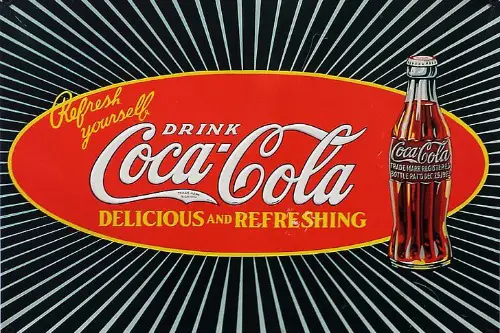
When John Stith Pemberton created Coca-Cola in 1886, he wasn’t trying to make a soft drink—he was crafting a medicinal tonic, according to the Library of Congress. As a pharmacist and former Confederate soldier, he was searching for a pain-relieving alternative to morphine, which he had become addicted to after a war injury. His formula combined coca leaves (yes, the source of cocaine) and kola nuts, which contain caffeine, to create an energizing drink. It was marketed as a brain tonic and cure-all before eventually evolving into the soda we know today.
Over time, Coca-Cola ditched the coca extract (by 1929) and leaned into its refreshing taste rather than its supposed medicinal benefits. It became a soda fountain favorite and, thanks to clever marketing, turned into one of the most recognizable brands in the world. The irony is that Pemberton originally intended it as a health drink, but now it’s a major contributor to sugar consumption. While it’s far from its original purpose, Coca-Cola’s ability to energize people has remained a constant.
2. Play-Doh – Meant to Clean Wallpaper
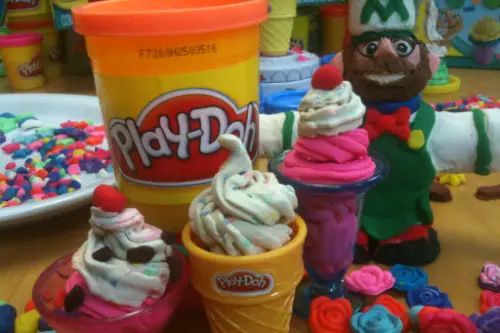
According to HuffPost, before Play-Doh became a childhood staple, it was actually a wallpaper cleaner. In the 1930s, a company called Kutol Products made a pliable, putty-like substance that helped remove coal soot from walls without damaging them. However, as homes transitioned from coal heating to gas and electric, the need for wallpaper cleaner plummeted. The company was on the verge of collapse until the inventor’s sister-in-law, a preschool teacher, discovered kids loved molding it into shapes.
By removing the cleaning chemicals and adding bright colors, Play-Doh was reborn as a children’s toy in the 1950s. It quickly became a hit, especially after being featured on children’s TV shows like Captain Kangaroo. The product’s success skyrocketed when Hasbro acquired it, turning it into an iconic brand. Who would have thought a simple cleaning product would turn into one of the most beloved creative toys of all time?
3. Listerine – First Used as a Surgical Antiseptic
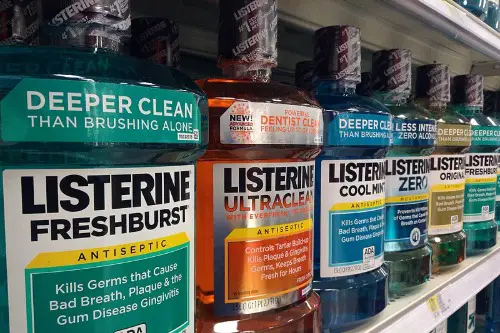
As you can find on their official website, Listerine has been a go-to mouthwash for generations, but it started as a surgical antiseptic in the 19th century. Created by Dr. Joseph Lawrence in 1879, it was meant to clean surgical tools and disinfect wounds. It was even promoted for other medical uses, including treating gonorrhea and dandruff—talk about versatility! However, when sales lagged, marketers pivoted and started promoting it as a cure for bad breath in the 1920s.
The campaign was wildly successful, making “halitosis” a household term and convincing people they needed daily mouthwash. Listerine went from being a niche medical product to a bathroom essential practically overnight. The funny thing is, it still works as a disinfectant, just not in the way it was originally intended. So next time you gargle, remember—you’re using a product once meant for surgeons, not your morning routine.
4. WD-40 – Created to Protect Missiles

WD-40 might be the go-to solution for squeaky doors and rusty bolts, but it was originally developed for the aerospace industry, according to their official site. In 1953, a small company called Rocket Chemical Company formulated it as a water displacement solution to prevent rust on missiles. The name “WD-40” actually stands for “Water Displacement, 40th formula,” since it took 40 tries to get it right. It was first used by Convair to protect the Atlas missile, a key component of the U.S. space program.
Employees soon discovered it had plenty of household uses, and by 1958, it was being sold in stores. People started using it for everything from loosening stuck zippers to preventing corrosion on tools. Its versatility made it a must-have in garages and toolboxes everywhere. Even though it was designed for high-tech aerospace applications, it found a much humbler, more practical home in everyday life.
5. Bubble Wrap – Intended as Wallpaper
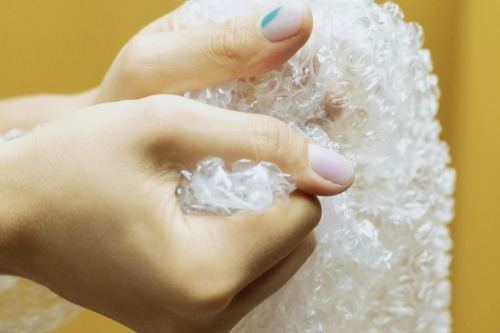
According to Smithsonian Magazine, Bubble Wrap was never meant to be a fun packing material—it was originally created as textured wallpaper. In 1957, engineers Alfred Fielding and Marc Chavannes were trying to develop a new kind of wall covering by sealing two plastic sheets together with air bubbles. It didn’t catch on as wallpaper, but they realized it had great potential as a cushioning material. By 1960, they rebranded it as a packaging solution under the name Sealed Air Corporation.
The turning point came when IBM used Bubble Wrap to protect computers during shipping. Once other companies saw how well it worked, it became the gold standard for packaging fragile items. Of course, its most unexpected use is stress relief—who can resist popping those bubbles? What started as a failed interior design concept ended up revolutionizing the shipping industry.
6. Kotex – Originally for Battlefield Wounds
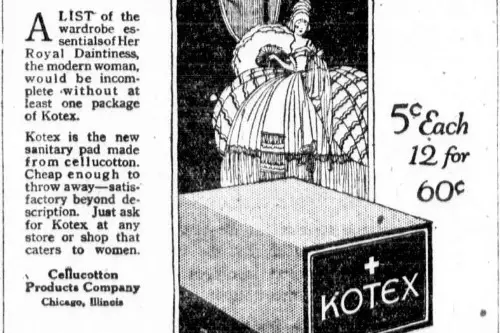
Before Kotex became a household name in feminine hygiene, it was developed as a battlefield dressing during World War I. The material, called Cellucotton, was an ultra-absorbent fabric created by Kimberly-Clark for bandages. Nurses on the front lines quickly realized it was perfect for their own personal hygiene needs. After the war, the company repurposed it into the first disposable sanitary napkins, launching Kotex in 1920.
At first, the product faced social stigma, and stores were hesitant to sell it openly. To make it more accessible, Kotex allowed women to purchase it by placing money in a box rather than speaking to a cashier. The discreet marketing worked, and the product became widely accepted. What started as a war-time necessity turned into a game-changing innovation for women’s health.
7. Slinky – Born from a Naval Engineering Mistake
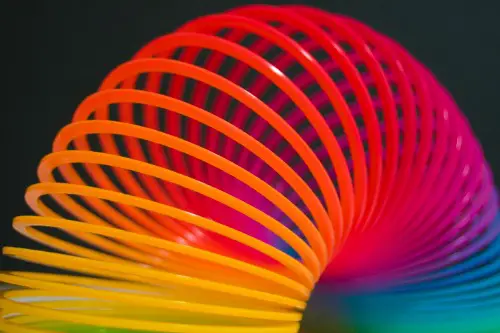
The Slinky wasn’t supposed to be a toy—it was an accident. In 1943, naval engineer Richard James was working on creating springs to stabilize ship equipment. One of the springs fell off a shelf and “walked” down instead of just dropping, sparking an idea. Richard’s wife, Betty, saw its potential as a toy, and they rebranded it as the Slinky.
By 1945, the Slinky hit stores and became an instant sensation. Kids loved watching it “walk” down stairs, and it became one of the most recognizable toys of all time. Even today, it remains a nostalgic favorite despite its simple design. Who knew a failed military project would lead to one of the best-selling toys ever?
8. Post-it Notes – Created by Accident

Post-it Notes exist because of a failed attempt at making a super-strong adhesive. In 1968, Dr. Spencer Silver, a scientist at 3M, developed a weak, pressure-sensitive glue that didn’t fully bond to surfaces. It seemed useless at first, but a colleague, Art Fry, saw potential when he needed a bookmark that wouldn’t fall out of his hymnal. The sticky-yet-removable nature of the glue was perfect for jotting down temporary notes.
By 1980, Post-it Notes hit the market and quickly became an office essential. Their convenience and reusability made them a massive hit, despite the glue being considered a “failure” at first. The product has since evolved into different sizes, colors, and uses. What started as an accidental discovery turned into a must-have for organization lovers everywhere.
9. Corn Flakes – Invented to Curb Lust
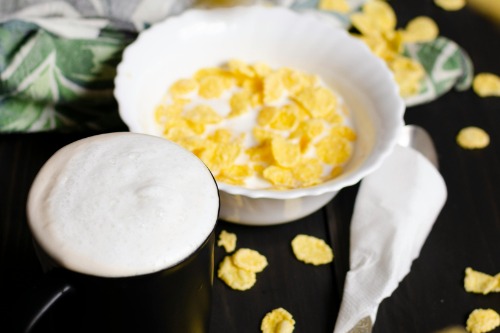
Corn Flakes weren’t just made for breakfast—they were originally designed as part of an anti-pleasure diet. In the late 1800s, Dr. John Harvey Kellogg, a strict Seventh-day Adventist, believed that bland foods could help reduce sinful desires, including sexual urges. He and his brother, Will Keith Kellogg, accidentally created Corn Flakes while trying to make a simple, digestible health food for patients at their sanitarium. The original version was completely unsweetened and intended to be as plain as possible to discourage temptation.
Will saw commercial potential in the cereal and wanted to add sugar to make it more appealing, but John refused. Eventually, Will took control of the business, sweetened the flakes, and turned them into a household staple. The cereal became hugely successful, completely detached from its original moral purpose. Ironically, Corn Flakes ended up becoming a breakfast favorite for millions, rather than a tool for suppressing human urges.
10. Super Glue – Discovered While Trying to Make Gun Sights
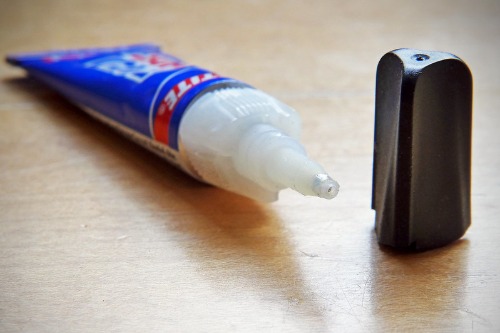
Super Glue’s original purpose had nothing to do with fixing broken mugs—it was first discovered during World War II. In 1942, chemist Dr. Harry Coover was trying to develop a clear plastic for precision gun sights when he accidentally created cyanoacrylate, a chemical that stuck to everything. At the time, he dismissed it as a failure because it was too sticky to be useful for his project. It wasn’t until 1951 that Coover realized its potential as a powerful adhesive when he and his team at Eastman Kodak revisited the formula.
By 1958, Super Glue hit the market as an all-purpose, incredibly strong adhesive. The military even experimented with it to seal wounds quickly on the battlefield before proper medical treatment. Today, it’s used in everything from home repairs to forensic investigations. What started as an inconvenient lab mistake turned into one of the strongest and most versatile adhesives in the world.
11. The Frisbee – Originally a Pie Tin
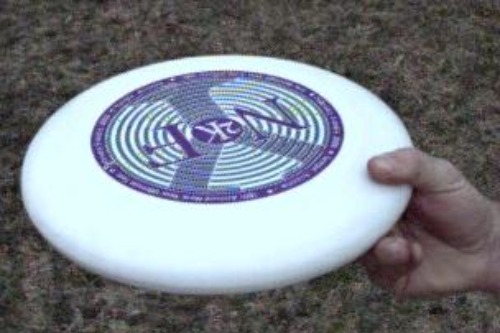
Before the Frisbee became a backyard and beach essential, it was just a simple pie tin. In the early 1900s, the Frisbie Pie Company in Connecticut sold pies in lightweight tins that college students discovered could be tossed back and forth for fun. The makeshift game became so popular that students at Yale, Harvard, and other universities started calling out “Frisbie!” as they threw the tins. Decades later, in the 1940s, Walter Morrison and Warren Franscioni designed a plastic flying disc inspired by the pie tins but with better aerodynamics.
Morrison’s version was sold as the “Pluto Platter” before being acquired by Wham-O, the company that renamed it the Frisbee in 1957. The new plastic version flew better, was more durable, and quickly became a national craze. Ultimate Frisbee, disc golf, and even canine disc competitions all stemmed from this simple pie tin game. What started as a bakery’s packaging turned into a sports and recreation phenomenon.
12. Treadmills – Invented as a Punishment

Treadmills weren’t originally designed for fitness—they were created as torture devices. In the early 1800s, British engineer Sir William Cubitt designed the first treadmill, called the “treadwheel,” as a form of hard labor for prisoners. Inmates were forced to walk for hours on massive, rotating steps that powered grain mills or water pumps. The exhausting, repetitive motion was meant to break their spirits and instill discipline.
By the late 19th century, treadmills were phased out of prisons, but their design resurfaced in the 20th century as an exercise tool. Instead of punishing prisoners, they became a way for people to stay fit indoors. Today, millions of people willingly step onto treadmills every day, completely unaware of their grim origins. What was once a grueling punishment is now a key part of modern fitness routines.


